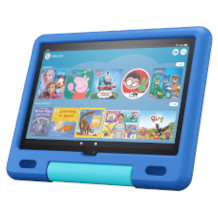Windows tablet purchasing advice: how to choose the right product
- The most important facts in brief
- Windows tablets, the mobile PCs in small format, are not only suitable for office workers who work with office programmes, but also for gamers and occasional surfers.
- A distinction is made among 2-in-1 devices between convertibles with a 360-degree hinge and detachables, where the keyboard can be removed completely.
- The smallest devices have 7-inch displays with HD, the largest screens have diagonals of 13 inches and full HD resolution.
- Thanks to the numerous connection options, including WLAN and Bluetooth, but also USB and HDMI, Windows tablets are particularly compatible.
- With keyboard and mouse as well as numerous extras such as an input pen or integrated projector, they even compete with notebooks.
Trend reversal on the tablet market
Do you work with a Windows computer in your office, but use an iPad for business trips or business meetings away from home? Although Microsoft’s Windows operating system has been the standard for desktop computers and notebooks for years, the company tried in vain to gain a foothold in the tablet market for a long time. While Windows tablets struggled with the prejudices of being too bulky, having too little battery capacity and an operating system that was not designed for mobile use, Apple’s iPad quickly became a cult object. Although Microsoft was already working on the development of tablets before Apple and Co. and published a first tablet-capable Windows XP version in 2002, eight years before the competition, Apple became the benchmark – at least until Microsoft developed software optimised for touch control with Windows 8, the successor to Windows 7, or the 8.1 update.
With the latest, much more user-friendly Windows 10 operating system, Windows tablets are finally really taking off. They are now functional all-rounders that are equally suitable for private and professional life. With them, users can not only surf the web, send emails and be active on social networks, but also entertain themselves with movies and games. Until now, no other operating system has been able to make the necessary powerful computer programmes run. In the meantime, most manufacturers have Windows tablets in their portfolio, but Microsoft’s in-house Surface series is still at the forefront. The powerful convertibles in the Surface Pro range are even an almost complete replacement for the notebook.
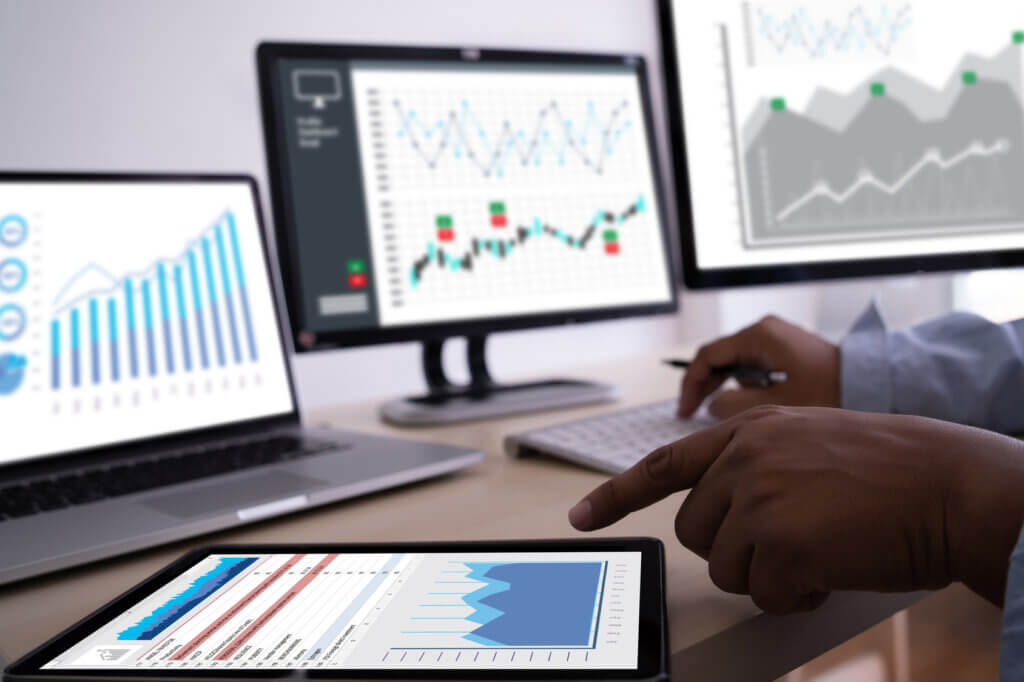
Good reasons for a Windows tablet
With more and more suppliers launching Windows tablets, including PC giants such as Dell, Lenovo, HP, Samsung and Acer, consumers no longer have such a limited choice as they did a few years ago – on the contrary, they can pick and choose from a wide range of devices. Apple can no longer keep up with this abundance. The mobile Windows operating system is in no way inferior to the leading operating systems Android and iOS. If users also want to use PC applications on them, they even bring numerous advantages. The tile interface of Windows 8 and later 10 was mainly developed for tablets and touchscreens respectively. Thanks to the familiar operating system, they are particularly beginner-friendly. After all, almost everyone has already worked with Windows on a laptop or PC and knows the basics. The effort required for familiarisation is correspondingly low. In addition to the ease of use, another advantage of Windows tablets is that all PC programmes, i.e. the entire Office package as well as the favourite browser, can be used on the mobile device. The virtual hard drive OneDrive also gives users access to their files even when they are on the move.
While iOS and Android tablets prove their strengths primarily in the multimedia sector, many Windows models extend this segment to another level, the office sector. The large selection of hybrids that can be used as both tablet and notebook makes Windows tablets both mobile companions for carefree pastimes and work machines. Compared to other 2-in-1 device vendors, Windows tablets are far more responsive to the switch from tablet to laptop mode. Their multitasking capability goes so far that two apps can be used side by side in the desired size.
Convertibles on the rise
A tablet is a flat, particularly light computer that can be operated via touchscreen. Unlike a notebook, tablet computers do not have a fold-out mechanical keyboard. This allows them to be smaller, slimmer and lighter, which makes them ideal for travelling. In terms of performance, operation and design, they are more similar to smartphones. Three different types have become established: Pads, Convertibles and Detachables. Pads, the classic, cheaper models, can only be operated via touchscreen and, with a size of seven to eight inches, are the handier alternative to hybrids or 2-in-1 devices.
Since the on-screen keyboard is very space-consuming and typing on the touchscreen cannot replace the classic keys because it does not give typists feedback on their input, very few tablet users want to do without a mechanical keyboard. Those who want to add an external keyboard to their pad can usually connect it via a USB interface or Bluetooth, but the Windows operating system is increasingly found on convertibles and only rarely on pads. The trend among tablet manufacturers who rely on the Windows operating system is therefore towards models that come with a keyboard directly and are thus intended to replace the classic notebook. They are primarily designed for business users to work on the go for longer periods of time and are ideal for creative users such as designers and artists who want to quickly capture a thought.
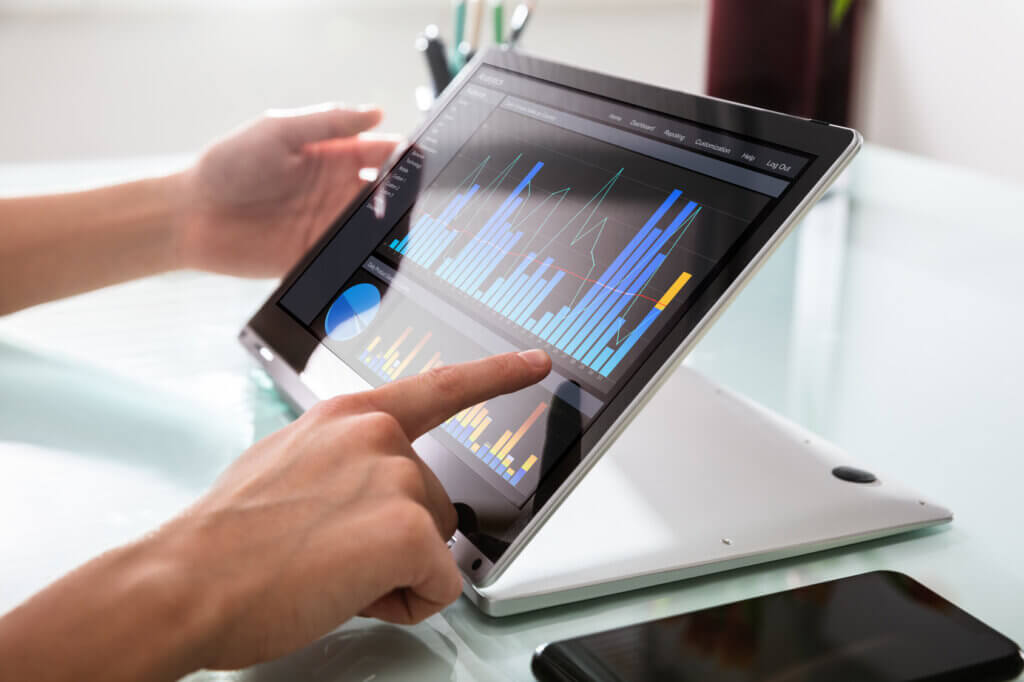
A distinction is made between convertibles (from the word “convertible”) and detachables (from the word “detachable”). The design of convertibles allows the screen to be rotated once completely around its own axis with the help of a 360-degree hinge so that it rests on the keyboard. Convertibles are thus firmly connected to a keyboard that can be rotated and folded. This makes them somewhat heavier and clunkier than pads and detachables. With the latter, it is possible to either attach the keyboard with a mechanical latch via a plug-in contact or a magnetic docking mechanism via Bluetooth or to separate it completely from the display unit. Users can flexibly adapt to the current situation. The disadvantage: since the display unit is heavier than the keyboard, the device without a stand tilts backwards if users open it too far. Models with hinges therefore often cannot be angled more than 110 degrees.
Buying advice for occasional surfers, multimedia fans and office workers
Depending on the intended use and budget, other factors come first in the purchase decision. Someone who wants to use the Windows tablet primarily to surf the internet, communicate in social networks or occasionally play games needs to pay less attention to powerful hardware and a large, high-resolution display than, say, someone who spends a lot of time in the multimedia field and uses the device to read texts, listen to music or watch films and series.
The display: size and resolution
The right display size depends on what the user mainly wants to use the device for:
- 7 to 8 inches: the handy lightweights (from 250 grams) look more like an oversized smartphone and are ideal for on the go, whether on the train, in the park or in a café. Particularly compact editions can even be used for making phone calls. However, it is hardly possible to write a longer text quickly and without errors on the small keyboard. Compared to tablets with other operating systems, however, only a few manufacturers offer Windows tablets in this size dimension.
- 9 to 11 inches: The most common displays are those with a diagonal of ten inches. They are ideal for videos and games. They also make it easier to work with complex tables and applications with many input fields.
- 12 to 13 inches: Professional tablets combine the system of a full-fledged notebook with the mobility of a smartphone. Due to their size, users always have a full overview and can see everything clearly. Their heavy weight, however, reduces the possibilities for use.
The Windows tablet should also have a high-quality resolution. The resolution reveals how sharp the display is on the screen. A common 10-inch tablet should offer at least HD resolution (1,280 x 720 pixels). In the mobile segment, full HD (1,920 x 1,080 pixels) is most common nowadays. The larger the display and the better the resolution, the more suitable it is for games and image editing software. With Windows tablets, too, the trend is towards even higher resolutions (2,736 x 1,824 or 3,200 x 1,800 pixels), although the differences tend to be marginal because of the small screens. So if you are not a fanatic, you can safely go for the Full HD versions. It should also be borne in mind that the higher the resolution, the higher the energy consumption.
The hardware: processor, memory and battery
Apart from the display quality, hardware aspects such as processor performance, the size of the RAM and the internal storage as well as the battery life also play a role in the purchase decision.
The processor
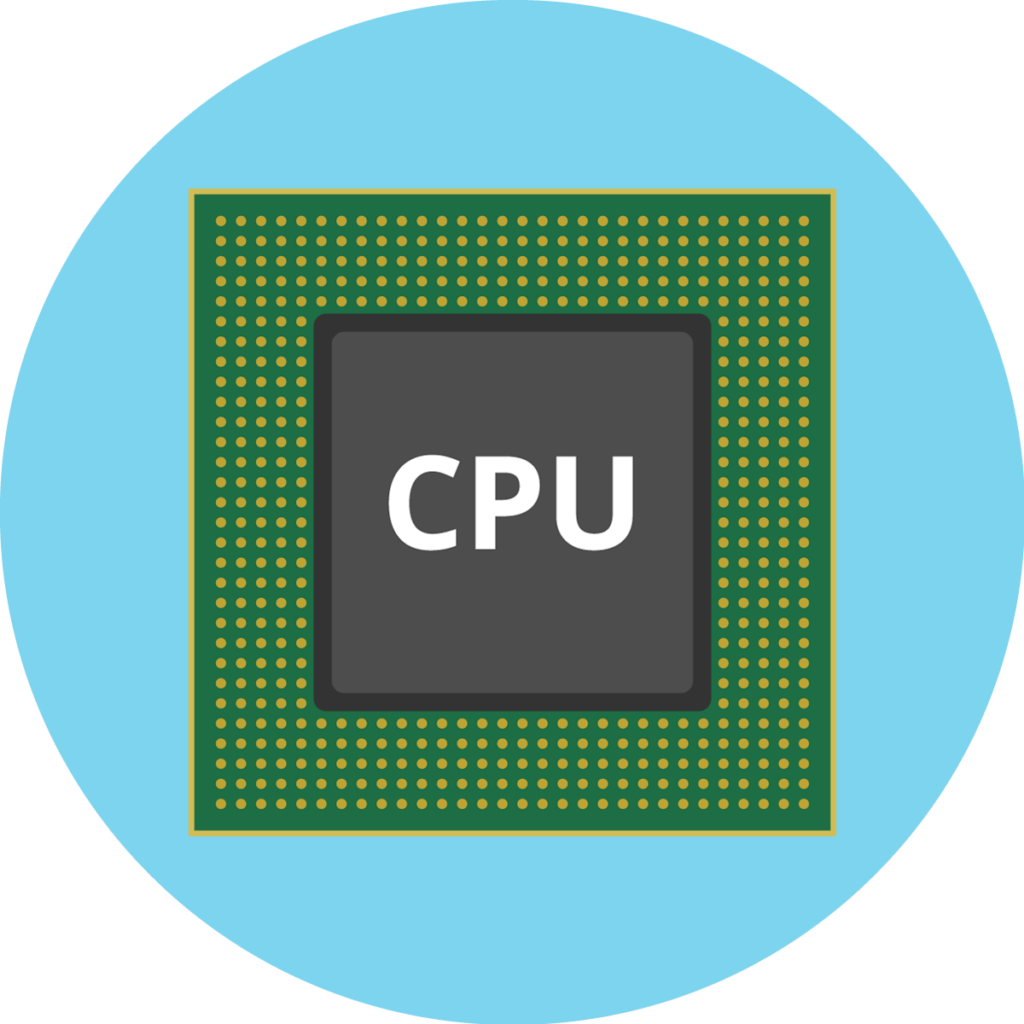
The processor is a key factor in determining the tablet’s performance. For most applications, such as starting simple apps or operating a browser for surfing the internet, processors with two (Dual Core) or four cores (Quad Core) designed for mobile use are sufficient. However, those who want to use the tablet for demanding games and apps should rather go for high-end processors with eight cores (Octa Core). Some models are equipped with powerful Intel Core i5 or i7 processors.
The working memory
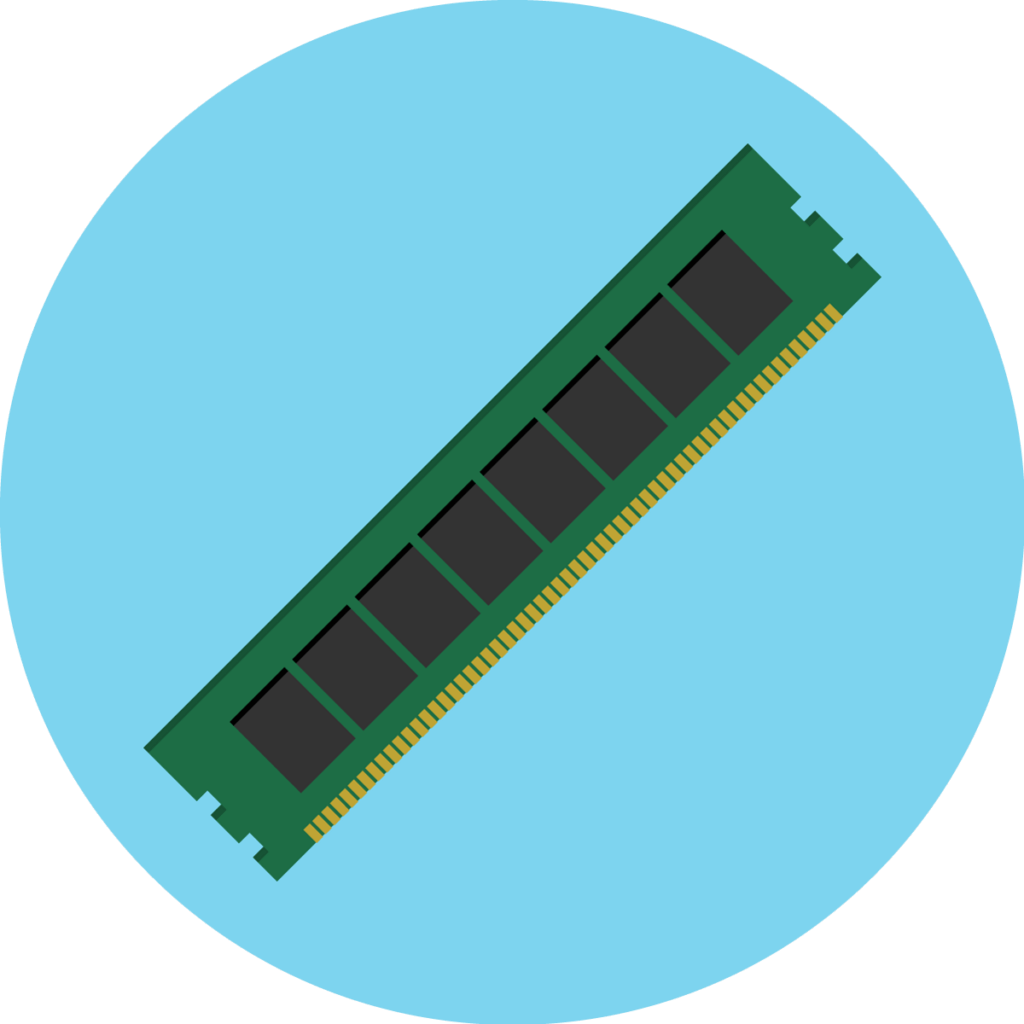
The RAM on most Windows tablets is either two or four gigabytes. While models with two gigabytes of RAM (random access memory) are intended more for occasional surfing, tablets with four gigabytes of RAM are also suitable for working with office programmes and for games. Especially if the tablet is not only used for checking e-mails but also as a substitute for a notebook, it must have sufficient power, i.e. at least four gigabytes of RAM.
The internal memory
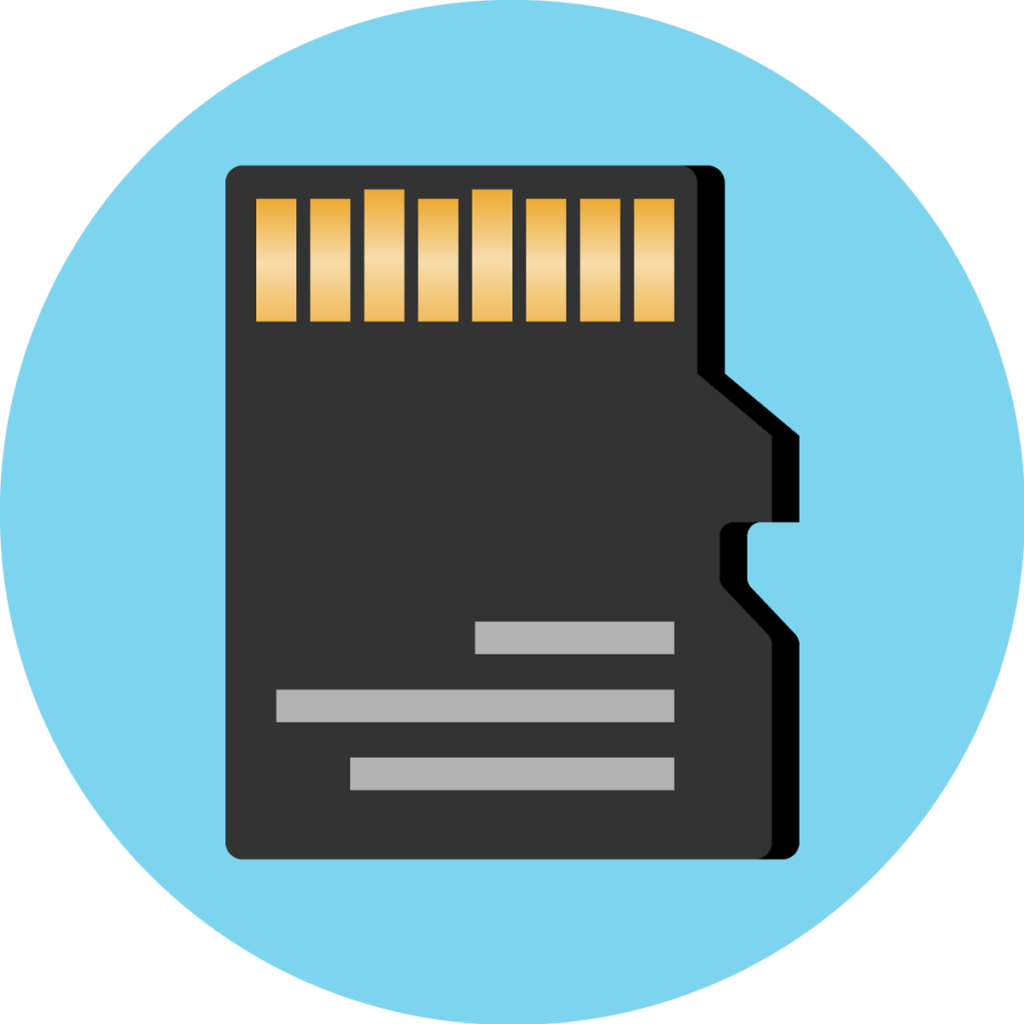
The internal storage space available is usually 32, 64 or 128 gigabytes. However, it should be borne in mind that the operating system occupies part of this space. For the 32-bit version this is 16 gigabytes, for the 64-bit version 20 gigabytes. If you want to work with your Windows tablet or always have your media library with you, you should make sure that your tablet supports external storage options (hard drive or memory cards). Otherwise, cloud storage is now also a reasonable alternative.
The battery life
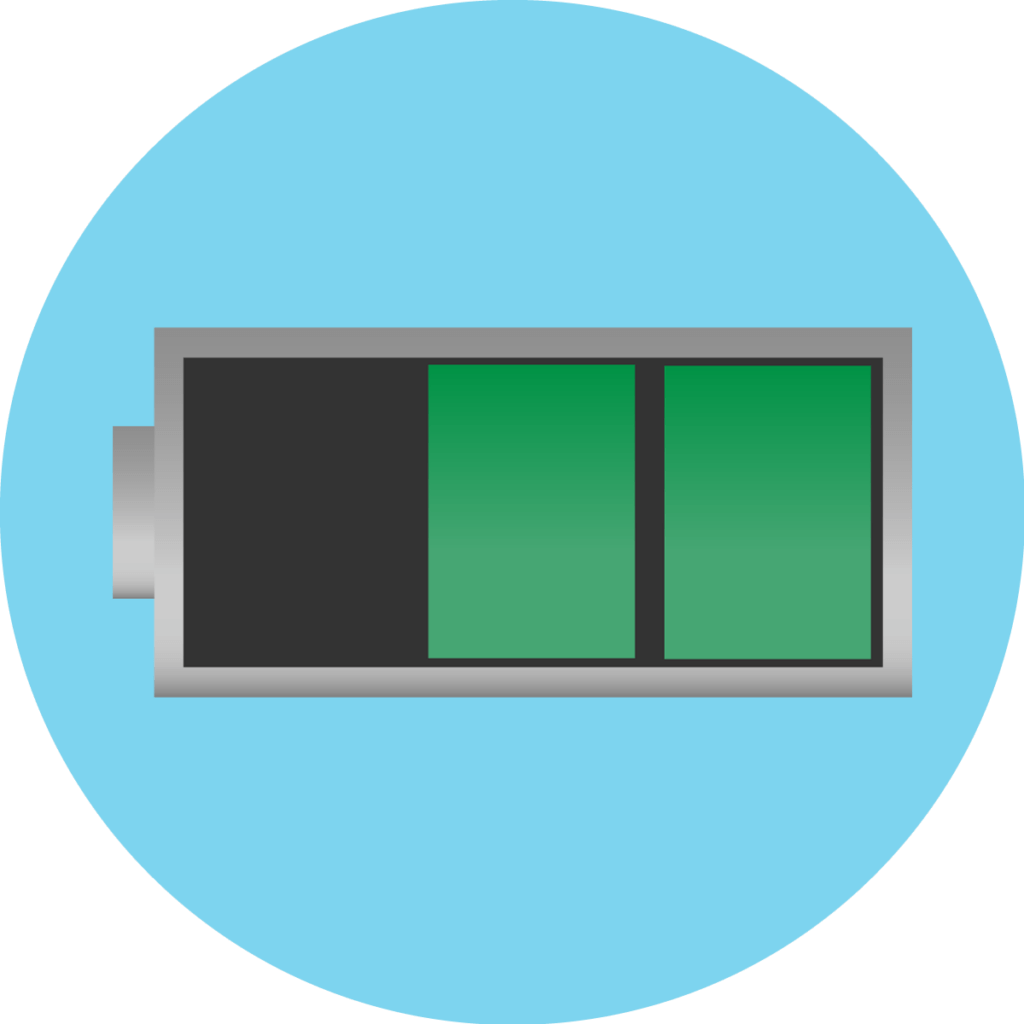
Although tablets have larger batteries than smartphones, they do not necessarily have longer battery life due to the size of the display. Depending on the application, app use and brightness or contrast settings, the manufacturer’s specifications, which are only idealised values, may vary. In general, a battery life of at least seven hours is recommended. However, this runtime is mainly suitable for use at home or in the office. Depending on the model, it is even between eight and eleven hours. Top models run for up to 17 hours. If the battery unexpectedly runs out, a power bank can help.
The equipment: Mobile quick-change artists with a strong core
Unlike iPads, Windows tablets can be combined with various technical extras thanks to a wide range of connection options, but not all models have the same technical requirements. Depending on the equipment, they can be easily upgraded with the right accessories. Important in this context, apart from the network specification, is above all the connectivity.
The network specification: With or without SIM?
If you use your tablet mainly at home in your own WLAN, you can safely do without a model with a SIM card slot. However, to keep up to date on the move, i.e. outside a WLAN network, a card slot is indispensable. With a mobile phone interface, users are no longer dependent on a Wi-Fi hotspot, but can access the internet without restriction and use the tablet in principle like a smartphone.
SIM cards are divided according to their size into micro-SIM, mini-SIM and nano-SIM. Furthermore, there are so-called single and dual SIM models: While single-SIM tablets only have a single SIM card slot, a dual-SIM model allows two different telephone numbers or mobile phone providers to be used in one device. This makes it possible, for example, to separate the home and work connections or to insert a second SIM card in order to be reachable abroad.
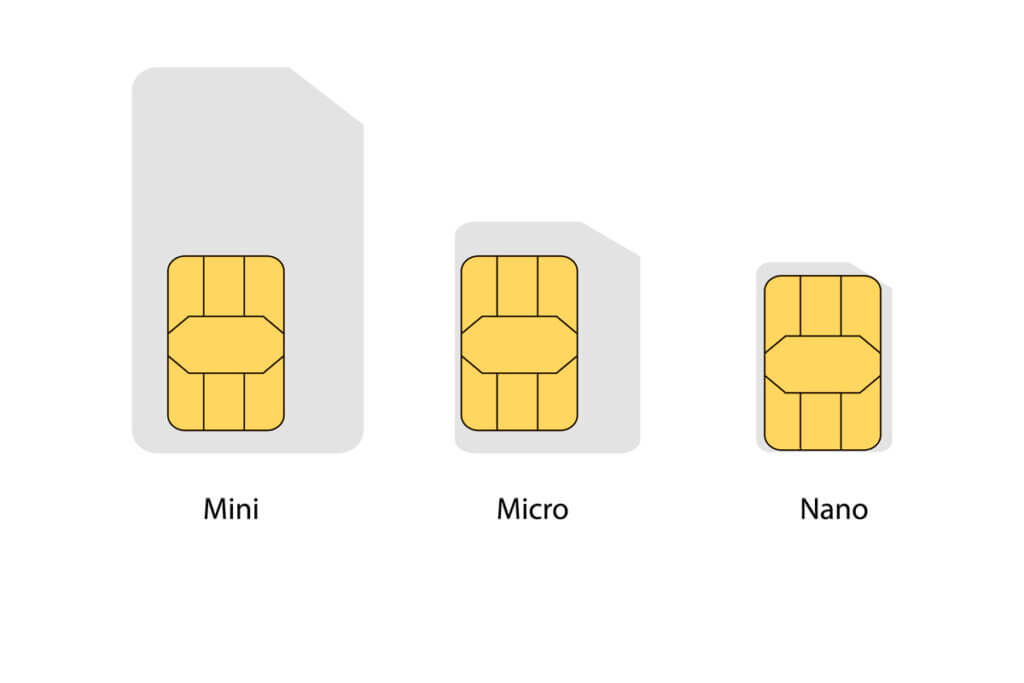
Dual-SIM vs. Multi-SIM
Dual-SIM should not be confused with Multi-SIM: Multi-SIM is the option of using several SIM cards via the same mobile phone connection. This means that you can use several devices under the same phone number.
If you opt for a dual-SIM model, you should bear in mind that data transmission via the second connection is significantly slower. Fast internet via LTE is usually only available via the first connection, whereas the second connection has to make do with 2G or 3G. However, tablets are usually only recommended with a 4G LTE or a 3G UTMS module. With an LTE interface, tablet users surf the net at up to 600 megabits per second. The UMTS mobile phone standard, on the other hand, only guarantees data transfer rates of up to 42 megabits per second.
Connectivity: With or without cable?
Basically, Windows tablets are fully-fledged PCs that provide all the important connections. They have universal USB ports that are used for charging electronic devices or as a connection to the PC, i.e. mini-USB slots. Depending on the model, it is also possible to connect additional components and devices such as a keyboard, mouse, scanner and printer via the USB port – a special feature of Windows tablets. Also useful is a 3.5-millimetre jack for headphones. A micro-HDMI or an ordinary HDMI port are also part of the standard equipment. Tablets can be connected to a TV via a cable to show videos, photos and games to better advantage on the larger screen. Some devices also come with a mini DisplayPort, which transmits image and sound signals in a similar way to an HDMI connection.
Those who do not plan to use the tablet in places outside of WLAN availability are well served with a Wifi connection. A wireless connection via WLAN is possible with every Windows tablet. While entry-level devices still support the slower 802.11b/g/n standard, which is mainly used for surfing the internet or checking emails, more modern devices already use the faster 802.11ac standard, which ensures smoother video streams in high quality. External devices such as headphones can be connected to the tablet via Bluetooth. Although all devices support Bluetooth, the newer wireless radio connection via NFC is not yet possible on many Windows tablets. With an NFC connection, two devices can be connected to each other over a very short distance. This makes it practically impossible for cyber criminals to tap into sensitive data.
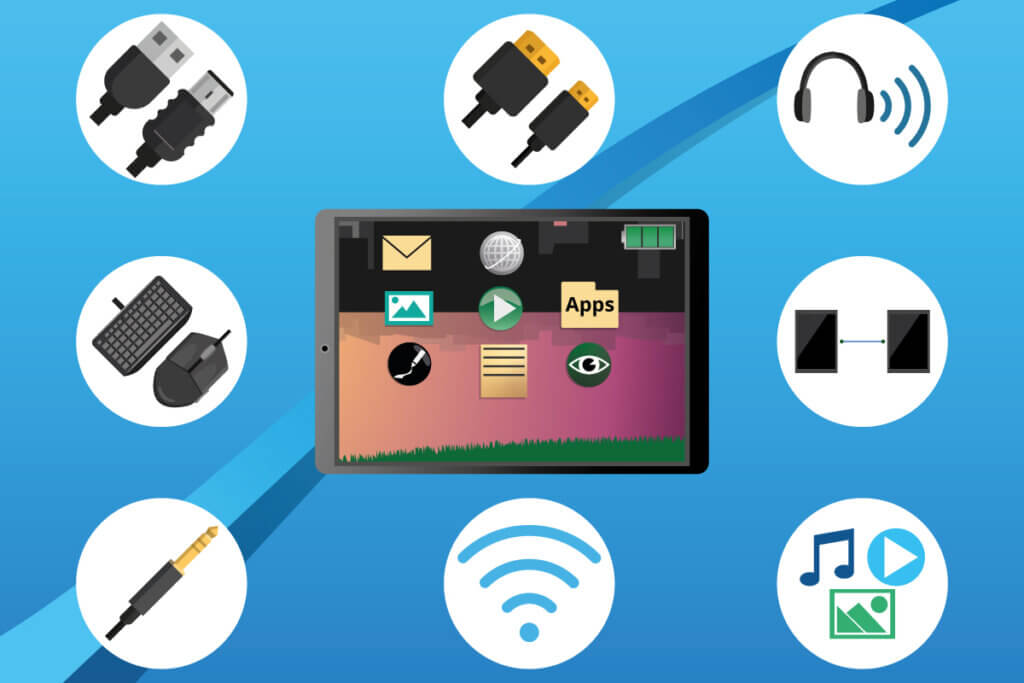
Practical extras for comfortable working
For even more fun, comfort and protection, the tablet market has a number of practical accessories that are either included in the scope of delivery or can be purchased afterwards:
- Keyboard: If the Windows tablet is not a 2-in-1 device, it is usually possible to connect an external keyboard. An illuminated version is particularly practical for working or playing in the dark.
- Stylus: Often the devices are also designed with styluses, so-called touch pens, which make it possible to navigate in small programs more precisely than with a finger. For example, they can be used to draw sketches or add handwritten annotations to documents directly on the display. Another advantage is that fingerprints do not collect so quickly on the display.
- Mouse: A mouse transforms the tablet into a mobile PC. For gaming fans, there are ergonomically shaped gaming mice.
- Integrated camera: A built-in camera enables selfies as well as Skype calls, among other things. Most Windows tablets have a front (maximum 5 megapixels) and rear camera (8 to 13 megapixels).
- Integrated projector: There are even models that are equipped with a projector. This allows screen content to be projected directly from the tablet onto the wall.
- Integrated GPS: If you want to use your tablet as a navigation device, make sure it has an integrated GPS receiver.
- SD card: With an SD card, tablet users have the option of expanding their storage space and conveniently moving files from one device to another. For this, the tablet needs an integrated card reader.
- Protective case: Ideally, a lined tablet case is recommended for safe transport. This protects the device from scratches and, in some cases, also from splashes of water.
Operating systems in comparison: Windows vs. Android and iOS
Windows tablets are available with three different systems: Windows RT, Windows 8 or 8.1 and Windows 10. The operating system Windows RT, which was developed especially for tablets, had a hard time from the beginning keeping up with its big brother Windows 8, which was introduced at the same time. Although there are some similarities with Windows 8, RT had the decisive disadvantage of being limited to apps from the Microsoft Store. At the same time, classic Windows programmes could not be run on it. Since demand remained so low, most manufacturers stopped producing tablets with Windows RT after only a few months. After this flop, Microsoft optimised its operating system for PCs and notebooks with the tile interface for tablets as well. Unlike the old desktop icons, the programme tiles can also contain dynamic information such as the current weather. With the update to Windows 8.1, the missing start button returned; however, this did not lead to the start menu, but to the home screen. Users can now also choose between even more tile sizes. By adapting the usage to that of the PC, the tablet’s possibilities were expanded. The tablet can now be connected to a monitor, a mouse or a keyboard, making it a practical work tool. Even gamers now get their money’s worth.
With the current version, Windows 10, the Start menu, which many users missed in 8.1, finally returned. The update primarily served the purpose of creating a single functional interface for PCs, mobile devices and tablets. Operation via the touch screen has been optimised, the devices require less battery and performance has also improved.
The competition and their differences in architecture
Apple’s iPad with the iOS operating system is much more mature in touch operation. Most customised tablet apps are available for iOS, which make good use of the extra space on the display. The media offer is extensive, but always tied to the manufacturer. The Android operating system is more open, but also somewhat more chaotic. Users have more freedom here to customise it to their liking. The choice of hardware is also greater. Windows tablets are roughly on a par with Android tablets in terms of price; iOS models, on the other hand, are far more expensive.
Popular manufacturers besides the forefather Microsoft
The number of manufacturers of Windows tablets is similar to that of Android models. The classic representatives include the models of the Surface series from Microsoft. The hybrid models Microsoft Surface Book and Surface Pro can be transformed into a notebook via a docking keyboard. Among other things, the Surface Book scores with an Intel Core i7 quad-core processor; the Microsoft Surface Book 2 even offers two gigabytes of graphics memory and the Surface Book 3 comes up trumps with its so-called ClearType Full HD Plus display, which provides a particularly high-resolution screen. The Microsoft Surface Pro is primarily intended for professional users who want to do creative work on the device. For the smaller purse, there is the Microsoft Surface Go.
Besides Microsoft, other manufacturers such as HP, Lenovo, Dell, Acer, Toshiba, Asus, Fujitsu, Medion, Trekstor, Samsung and Huawei have also included Windows tablets in their range. The manufacturer HP, for example, offers a very extensive range of hybrid devices, from low-cost entry-level devices to high-end convertibles. A special feature in HP’s portfolio is the Elitebook Revolve 810, whose screen is fixed to the base unit but can be swivelled 180 degrees, resulting in five different usage modes. Lenovo’s range of 2-in-1 models consists mainly of tablets with 360-degree hinges. The Yoga series convinces with particularly thin, but also very high-priced models. For business customers there is also Lenovo’s Thinkpad brand. Dell advertises its Latitude series, where buyers can choose between a “slim” and a “premium” version of the docking keyboard. The Acer brand offers both detachables and combination devices with 360-degree hinges. The Aspire R 13 in particular stands out from the range, where the display is not directly connected to the base unit, but is attached to the side on two fold-out brackets. Samsung also has a Windows tablet in addition to its numerous Android models. The Galaxy Book W620 is ideal for mobile use due to its compact design.

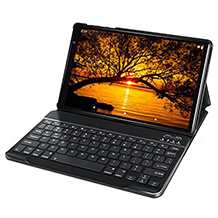
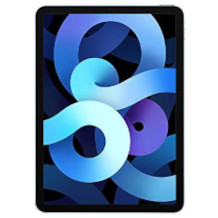
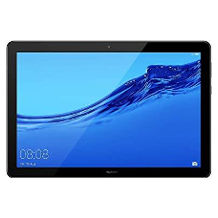
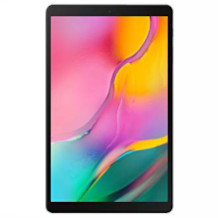
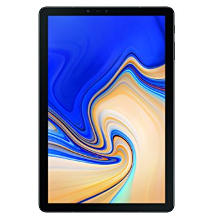
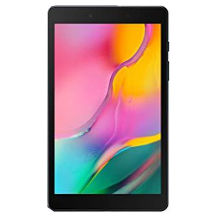
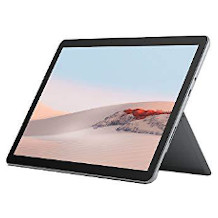
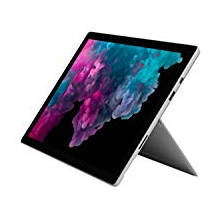

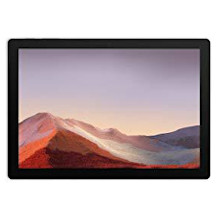

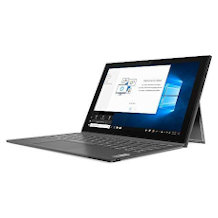
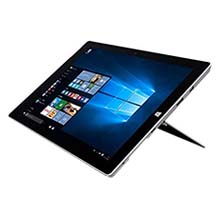
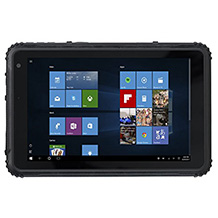

 628 reviews
628 reviews

